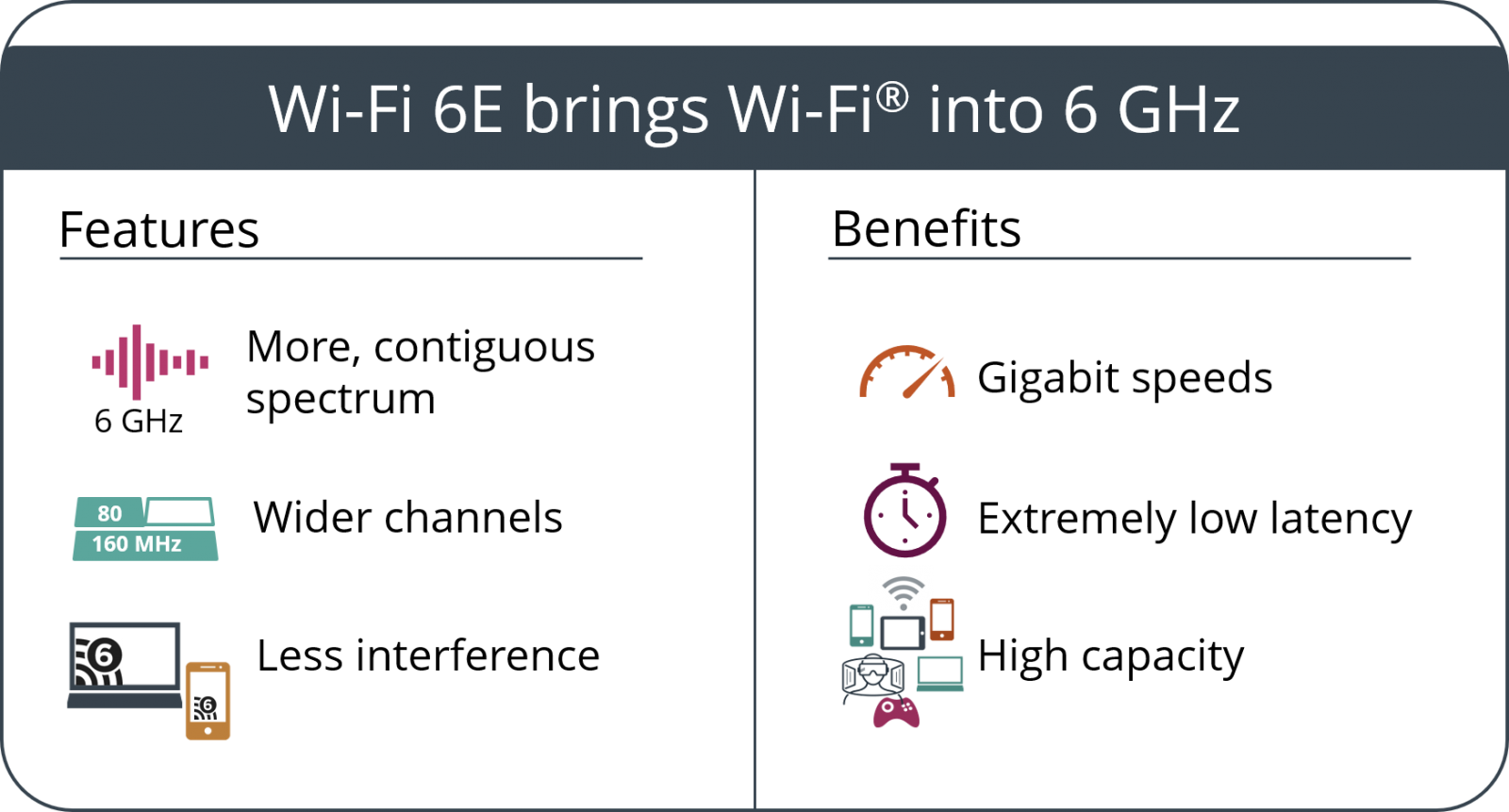Windows 10 2004 comes with Wi-Fi 6 and WPA3 support
by Sergiu Gatlan
Microsoft announced that Windows 10, version 2004 comes with Wi-Fi 6 and WPA3 support for gigabit speeds and better performance, as well as for more secure wireless network connectivity.
The Windows 10 May 2020 Update was released by Microsoft today, as part of a gradual rollout process to users around the world.
"Windows 10 (Version 2004) supports Wi-Fi 6 and WPA3," Microsoft says. "Wi-Fi 6 gives you better wireless coverage and performance with added security. WPA3 provides improved Wi-Fi security by using the latest standard."
Connect to faster and more secure Wi-Fi networks
To connect to wireless networks that use Wi-Fi 6 and WPA3, you will need a router with support for both standards, a wireless network adapter with Wi-Fi 6 support, and Windows 10 2004 installed on your PC.
To check and make sure you have the latest Windows 10 update installed, you will have to click the Start button, then go to Settings > Update & Security > Windows Update, and click the Check for updates button.
You can see if your router supports Wi-Fi 6 and WPA3 by checking the documentation or visiting the router manufacturer’s website.
"You can also check to see if your router supports Wi-Fi 6 by opening the Command Prompt, and then typing the command netsh wlan show drivers. Look next to Radio types supported and see if it includes 802.11ax," Microsoft explained.
To see if you're connected to a Wi-Fi 6 network:
- Connect to a Wi-Fi network.
- Select the Wi-Fi network icon on the right side of the taskbar, then select Properties underneath the Wi-Fi network name.
- On the Wi-Fi network screen, under Properties, look at the value next to Protocol. It will say Wi-Fi 6 (802.11ax) if you’re connected to a Wi-Fi 6 network.
To see if you’re connected using WPA3 security:
- Connect to a Wi-Fi network.
- Select the Wi-Fi network icon on the right side of the taskbar, then select Properties underneath the Wi-Fi network name.
- On the Wi-Fi network screen, under Properties, look at the value next to Security type. It will include WPA3 if you’re connected to a network using WPA3 encryption for security.
Wi-Fi 6 and WPA3
Wi-Fi 6 (Wifi 6) is the sixth generation of Wi-Fi based on the IEEE 802.11ax standard and it comes with several improvements including but not limited to higher data rates, lower latency, increased capacity, better performance in environments with a lot of connected devices, as well as improved power efficiency.
WPA3 (Wi-Fi Protected Access 3) is a security standard and user authentication tech the Wi-Fi Alliance developed to tackle WPA2's security shortcomings and to better secure wireless computer networks.
WPA3 was announced in January 2018, three months after security researcher Mathy Vanhoef disclosed the KRACK vulnerability impacting the WPA2 WiFi protocol used by billions of devices.

The standard was later released in June 2018 with more resilient, password-based authentication and the equivalent of 192-bit cryptographic strength for enterprise solutions.
One year later, in April 2019, security researchers Mathy Vanhoef and Eyal Ronen discovered a collection of new WPA3 security issues collectively known as Dragonblood which allow attackers to crack Wi-Fi network passwords, to access encrypted network traffic exchanged between connected devices, and to steal sensitive information like credit card numbers, passwords, emails, and more.
After the bugs were disclosed, the Wi-Fi Alliance said in a press release that "[t]hese issues can all be mitigated through software updates without any impact on devices’ ability to work well together. There is no evidence that these vulnerabilities have been exploited" and that "device manufacturers that are affected have already started deploying patches to resolve the issue."
Impacted vendors were also notified of the WPA3 vulnerabilities by the WiFi Alliance, CERT/CC, and the researchers, allowing for backward-compatible countermeasures to be implemented.
Windows 10, version 2004 includes these countermeasures and it will protect customers against attacks attempting to abuse the DragonBlood and KRACK security flaws.